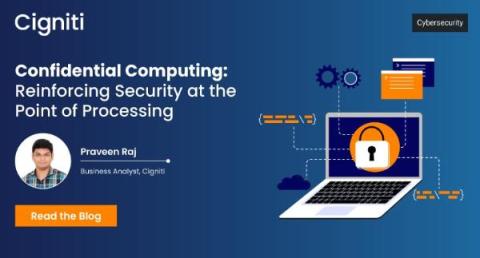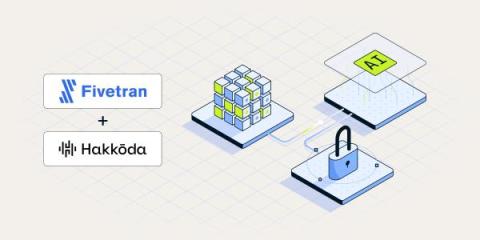Confidential Computing: Reinforcing Security at the Point of Processing
Confidential computing offers a groundbreaking approach to data security confidentiality, vital for industries like healthcare, finance, and government, where sensitive information reigns supreme. Unlike traditional security measures that center on data at rest or in transit, confidential computing shields data during the processing phase itself.











